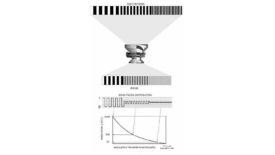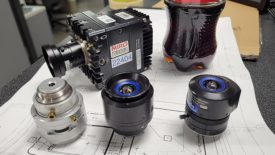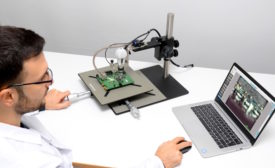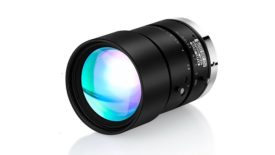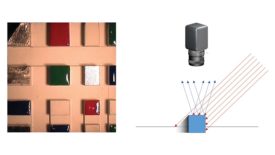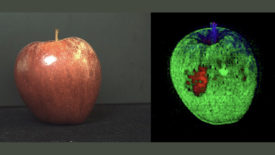Home » Keywords: » lenses
Items Tagged with 'lenses'
ARTICLES
Vision & Sensors | Machine Vision 101
Key Considerations When Selecting a Machine Vision Lens
There are 10+ considerations. Understand each and how they impact application performance.
April 25, 2024
Vision & Sensors | Case Study
Ultra Wide, No Distortion Lenses Tough Enough for Crash Testing
The results are speaking for themselves.
February 7, 2024
Vision & Sensors | Lenses
Understanding the Key Factors in Microscope Objective Performance
February 6, 2024
Vision & Sensors | Trends
What Drives the Trends in Machine Vision
Machine vision continues to grow somewhat faster than the GDP.
December 1, 2023
Vision & Sensors | Vision & Sensors 101
Part 2: The Impact of Miniaturization on Machine Vision Lenses
The push towards miniaturization is reshaping numerous industries, influencing design decisions and fostering innovation.
November 20, 2023
Vision & Sensors | Machine Vision 101
Optics 101: Assembling a Machine Vision System
Defining the needs of the system will refine the choices for types of cameras, imaging lenses, and illumination schemes.
May 1, 2022
Vision & Sensors | Machine Vision 101
Advancements In Telecentric Technology
As telecentric lenses become more compact, the overall footprint of vision systems will follow.
March 2, 2022
Vision & Sensors | Lenses
Optimizing Machine Vision Lenses For Different Wavelengths
The wavelengths used in any machine vision application have significant implications in choosing the ost appropriate lens.
March 1, 2022
Stay in the know with Quality’s comprehensive coverage of
the manufacturing and metrology industries.
eNewsletter | Website | eMagazine
JOIN TODAY!Copyright ©2024. All Rights Reserved BNP Media.
Design, CMS, Hosting & Web Development :: ePublishing

